Rice sustainable farming and SRI (System of Rice Intensification) method

This post is also available in:
This post is also available in:
![]() Français (French)
Français (French) ![]() Deutsch (German)
Deutsch (German) ![]() हिन्दी (Hindi)
हिन्दी (Hindi) ![]() العربية (Arabic)
العربية (Arabic) ![]() Türkçe (Turkish)
Türkçe (Turkish) ![]() Português (Portuguese (Brazil))
Português (Portuguese (Brazil)) ![]() polski (Polish)
polski (Polish)
Rice has been the main food crop and the basis for livelihood in many countries from time immemorial. It can easily survive and be productive in fields based on sea level to more than 3000 meters altitude. So it can grow in wider agroecological diversity. During its long history, rice growing has undergone various changes, and current changes in rice growing (including changes related to the System of Rice Intensification-SRI) are part of that dynamic. Initially, rice was directly seeded or grown in nurseries and transplanted. Improvement of irrigation infrastructure implied more certainty about the moment there is enough water to start growing rice under flooded or submerged conditions, allowing timely preparation of nurseries and, consequently, many farmers shifted to transplanting. But in the later part, because of high production costs and GHG emissions, rice farming practices are shifting, and again direct seeding cultivation, water saving AWD (alternate wetting and drying) irrigation become important. Through the following guidelines, I am trying to link best practices for an eco-friendly, highly productive, and sustainable rice farming system.
Rice plant and its favorable environment for best growth and development
Rice is a great plant that survives in flooded conditions but grows well in moist soil at wider spacing. Below are some rice plants developed from a single seedling. The first photo plant grew fully organic with a limited water supply in my flower garden. It produced >14000 seeds with 78 panicles.
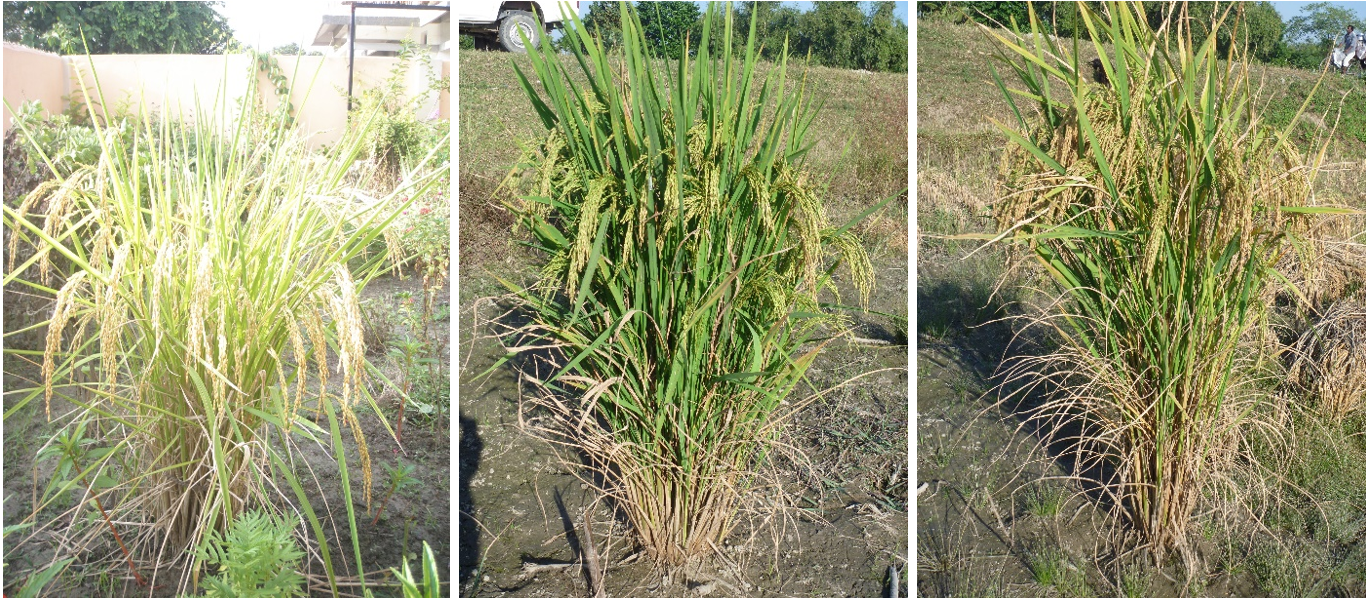
Picture1: 78 Panicles (Full organic) 102 Panicles (high-carbon soil) 92 Panicles (high-carbon soil)
These photos show that rice will perform tremendously if we provide a better growing environment. Younger seedlings, wider spacing, AWD water management, mechanical weeding, and the use of more organic manure instead of chemical fertilizers can create the perfect environment for the growth and development of rice. Those are the main components of the SRI (System of Rice Intensification) method. SRI was initially developed in Madagascar by Fr. Henri de Laulanie, and later part of its evolutions innovated several context-specific modifications around the world. But its main influential components/practices are similar.
Why SRI (System of Rice Intensification)? Does it work everywhere?
Generally, SRI does not require more external inputs (seed, fertilizers, chemicals). Although high-yielding/hybrid seed and chemical fertilizers will increase rice yield, using manure or organic compost or combining chemical/organic manure provides the best results. Using AWD irrigation saves water, reduces GHG emissions, and provides the best environment for soil microbes for better root development, higher tillering, and higher rice yield. Many people think of SRI as a fixed set of practices, but SRI is a set of guidelines used to exploit the full potential of rice plants while improving the efficiency of soil and water. It can be modified or adapted to any conditions and thus holds great promise for large-scale adoption under both rain-fed and irrigated conditions.
Main principles of SRI
1. Younger seedlings and single seedling transplanting: To exploit the maximum potential of tillering, rice seedlings need to be transplanted at an early stage. We standardize it at the three-leaf stage because, with the emergence of 4th leaf, rice seedlings start tillering. If we transplant a single seedling per hill, it will get sufficient space for roots and shoot development and less chance of lodging at a later stage. We should transplant younger seedlings without damaging their roots to establish seedlings immediately in the soil. Shallow transplanting enhances tillering and better root growth. In the case of mechanical transplanting seedlings, age generally fits with SRI principles, but seed rate/seedling tray must be about 60 gm to reduce seedling numbers per hill.
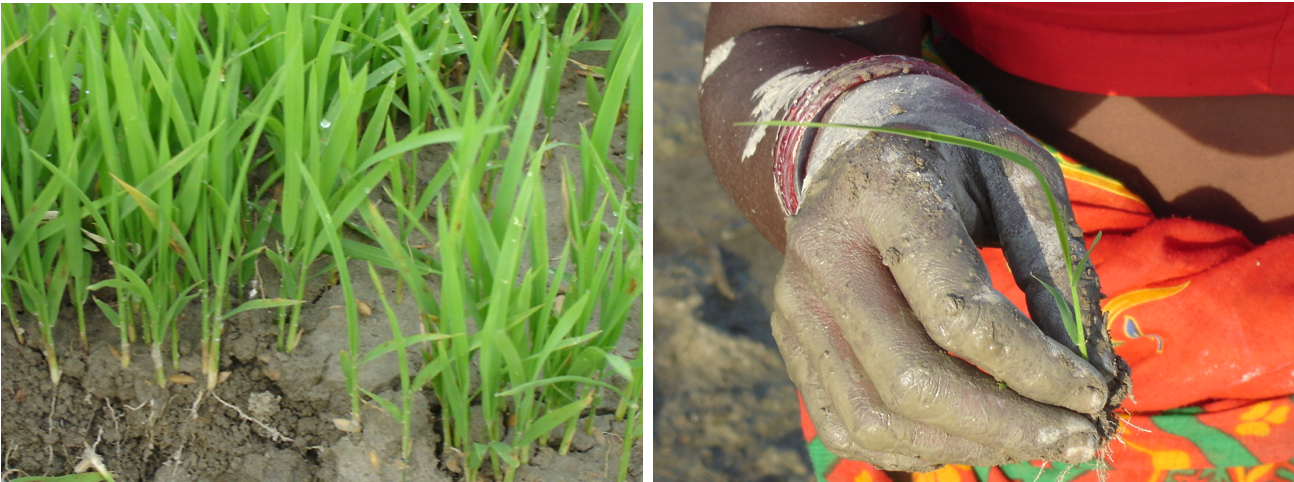
Picture 2: Three leaves stage of rice seedlings and single seedling going to transplant
2. Line planting at wider spacing: Rice seedlings, when planted at an early stage, need to be provided with enough space to express their full potential in terms of leaves, tillers, and roots’ growth. Enough space along with other favorable conditions, allow the plants’ roots to grow profusely vertically, in deeper parts of the soil, and horizontally to cover larger surface areas. When rice roots are spread over a larger volume of soil, they tap more nutrients, resulting in the development of larger plants with more numbers of tillers, more grains/panicles, and higher yields.

Picture 3: Manual and mechanically transplanted rice fields
Line and space can be maintained manually or mechanically, facilitating mechanical weeding and providing sufficient spacing for younger seedlings to grow.
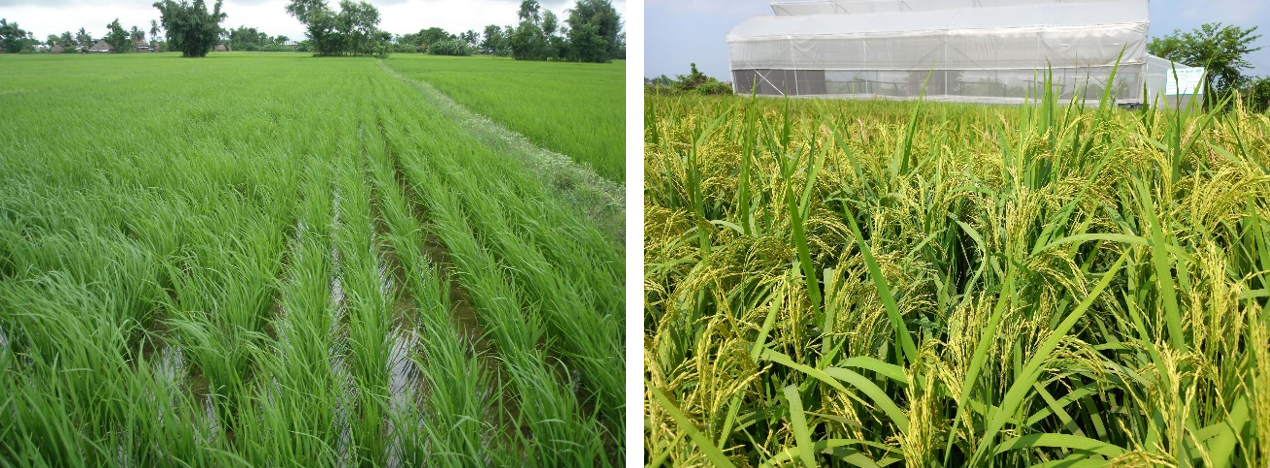
Picture 4: Well-grown SRI’s rice fields and fields close to ripening
3. Alternate wetting and drying (AWD) irrigation management: Alternate wetting and drying of soil provide alternately oxidized and reduced soil conditions so both aerobic and anaerobic microorganisms can grow simultaneously. In another way, because of no continuous flooding, there will be no root degeneration resulting in huge root growth, higher tillering, and healthy plants.

Picture 5: Well-tillering SRI field and well-grown root system of rice by SRI method
4. Mechanical weeding: Mechanical weeding controls weeds and aerates the soil and as a result, microbial activities within the soil increase soil nutrient availability for plants. Aeration increases oxygen availability for roots, resulting in profuse root growth both laterally and vertically, and increases rice plants’ nutrient uptake efficiency. For mechanical weeding, there should be 3-4 inches of water in the fields, and the first weeding should be done 2 weeks after transplanting. The farmer should repeat another wedding 15-20 days after the first weeding.
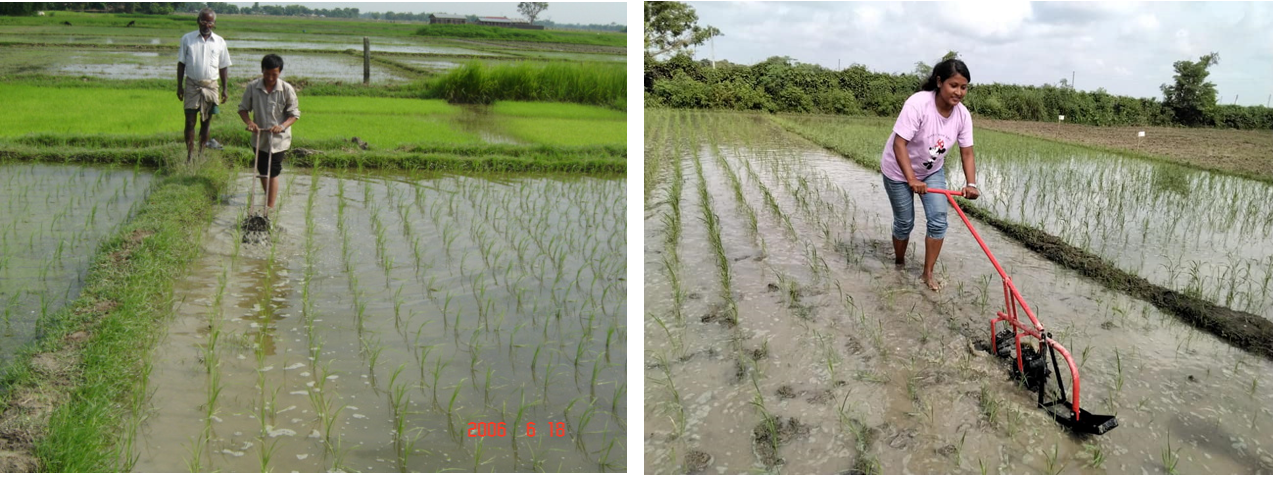
Picture 6: First weeding by different types of mechanical weeders
5. Use of more organic matter/manure: While chemical fertilizers will increase yield, the best results are achieved when compost is applied. Recent studies show that rice plants grown without chemicals can fix more nitrogen from the soil and air. Using organic compost or manure boosts the growth and population of microorganisms in soil which is the key to improving soil biology. Organic manure releases nutrients slowly and makes them available for extended periods of time. Any organic manure can be added to the soil based on availability at the farm level.
Cultivation practice of rice by SRI method
SRI practices are composed of above mentioned basic principles. It needs a small number of seeds, 5-8 kg/ha, depending on the soil fertility status and the plant’s varietal characteristics. Other crop management practices for SRI are as follows:
- Seedbed preparation and seeding: Raised dry seedbed is best for preparing the best quality younger seedlings. An ideal seedbed should be one meter wide and 15 cm high with a convenient/required length. Other preparation is similar to a vegetable nursery bed. Pre-germinated or fresh seeds can be used to prepare seedlings. But seed treatment (by salt water or fungicide) before seeding will be better to save rice from seed-born disease. Generally, seedlings become three leaves stage 10-12 days after germination, which is best for transplanting for the SRI method.

Picture 7: Seedbed preparation and seedling ready to transplant
- Land preparation and leveling: Land preparation can be made as farmers usually prepare land for rice cultivation. But level land is best for mechanical transplanting and water management. During land preparation, compost or organic manure should be applied and well-mixed. Alternatively, the farmer should apply the necessary basal dose of chemical fertilizers DAP and MOP in the fields before transplanting. In water-scarce areas, farmers can prepare their land as they would for wheat or other crops, level it, and irrigate to moist it for transplanting. For transplanting in a square pattern, markers can be used.

Picture 8: Prepared and leveled-field and marked field for rice transplanting
- Uprooting seedlings and transplanting: Seedlings should be uprooted carefully from the seedbed to minimize root damage and shock. Before uprooting nursery bed should be irrigated. This will soften the soil and make it easy to uproot seedlings without damage. Seedlings should be transplanted immediately in rows, preferably in a square pattern. Both rakes/markers or ropes can be used to make rows. If there is standing water in the fields, remove the water before transplanting. Do not push the seedlings too deep into the soil because it will make tillering difficult. Use wide spacing, such as 20×20 cm (for a short duration and low tillering varieties), 25×25 cm (for high tillering varieties in average fertile soil), and 30×30 cm in high fertile soil.
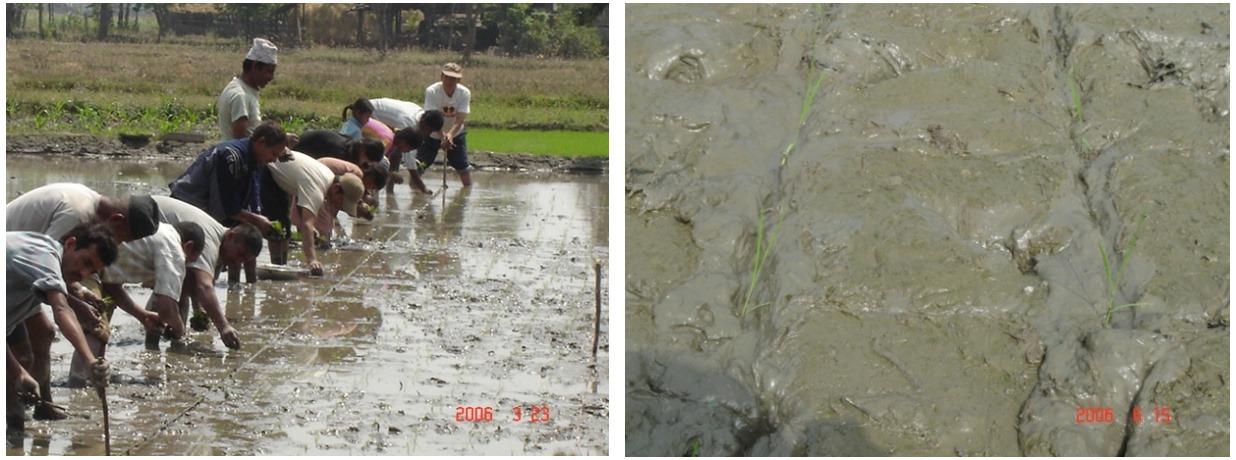
Picture 9: SRI transplanting by use of rope and in the marked field
- Irrigation management and weeding: Irrigation should depend on the soil type. Sandy loam soil requires a higher number of irrigations compared to clay or clayey loam soil. AWD irrigation is best for SRI, so irrigate the soil only when the field dries up. During the vegetative stage, the loose soil field should be dried up to the cracking stage, but in clay soil, more drying will be harmful, so maintain its moistened condition.
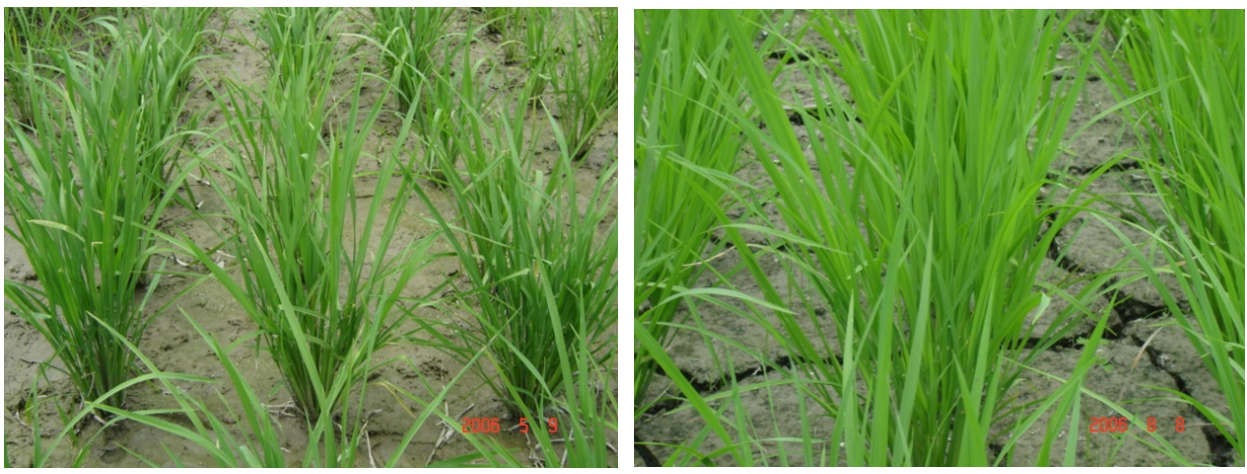
Picture 10: AWD irrigation and cracking fields of SRI during drying
Use the simple rotary weeder to churn up the soil, minimize weed growth and promote soil aeration at least 2 times during the vegetative stage until the canopy closes. Mechanical weeding is easier after irrigation when the soil softens and there will be 2-3 inches of water in the fields.
After the vegetative stage, maintain 1-2 cm of water in the fields at the reproductive phase (panicle initiation and flowering). Water stress at this stage affects the growth of panicles and grain quality. After flowering at the milking stage, keep the soil constantly moist or with 3-5 cm water in the fields.
Rest all management practices are similar to the conventional practice of rice farming. Some management practices are context-specific and need to adjust. For further information, please read below links/documents.








































































